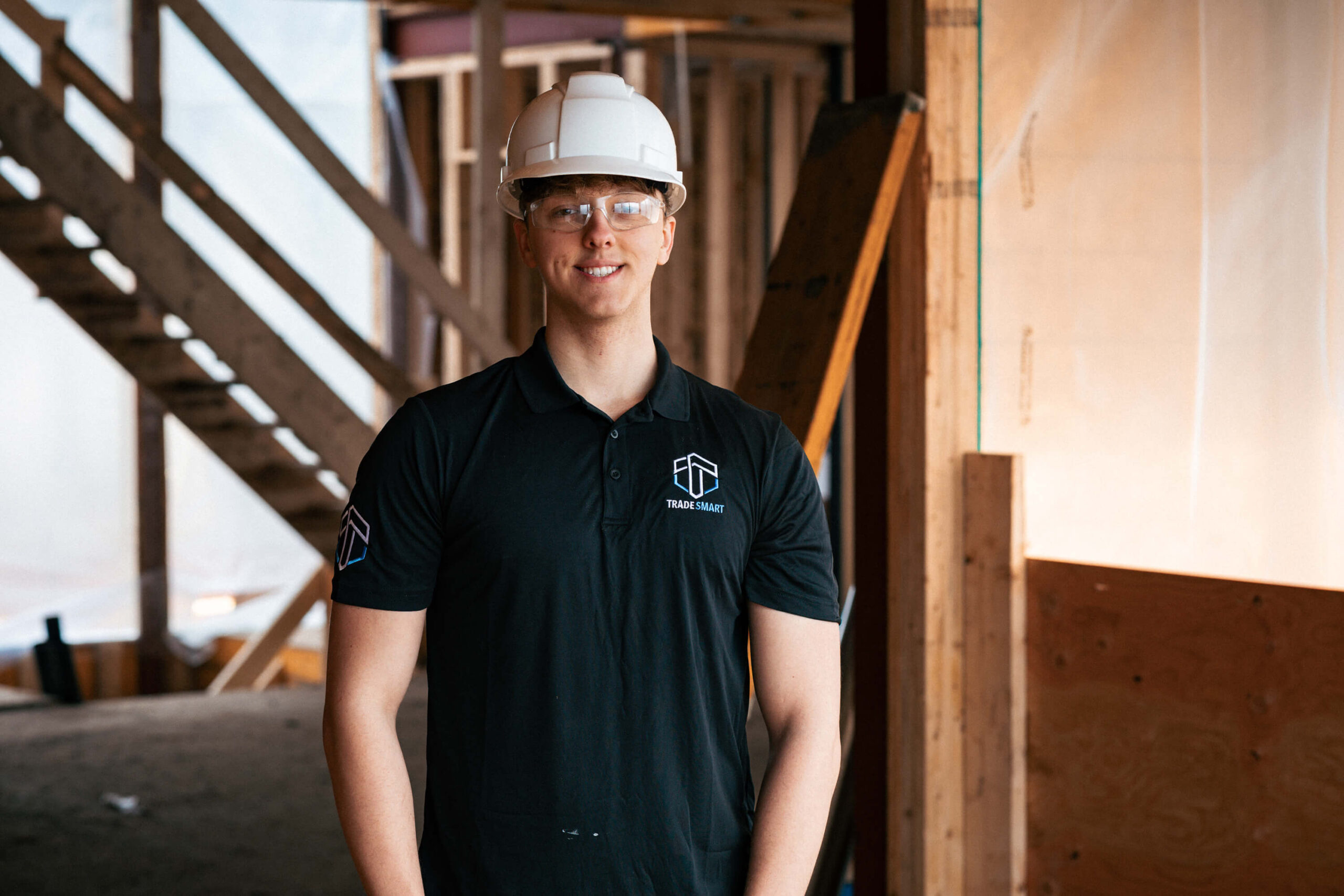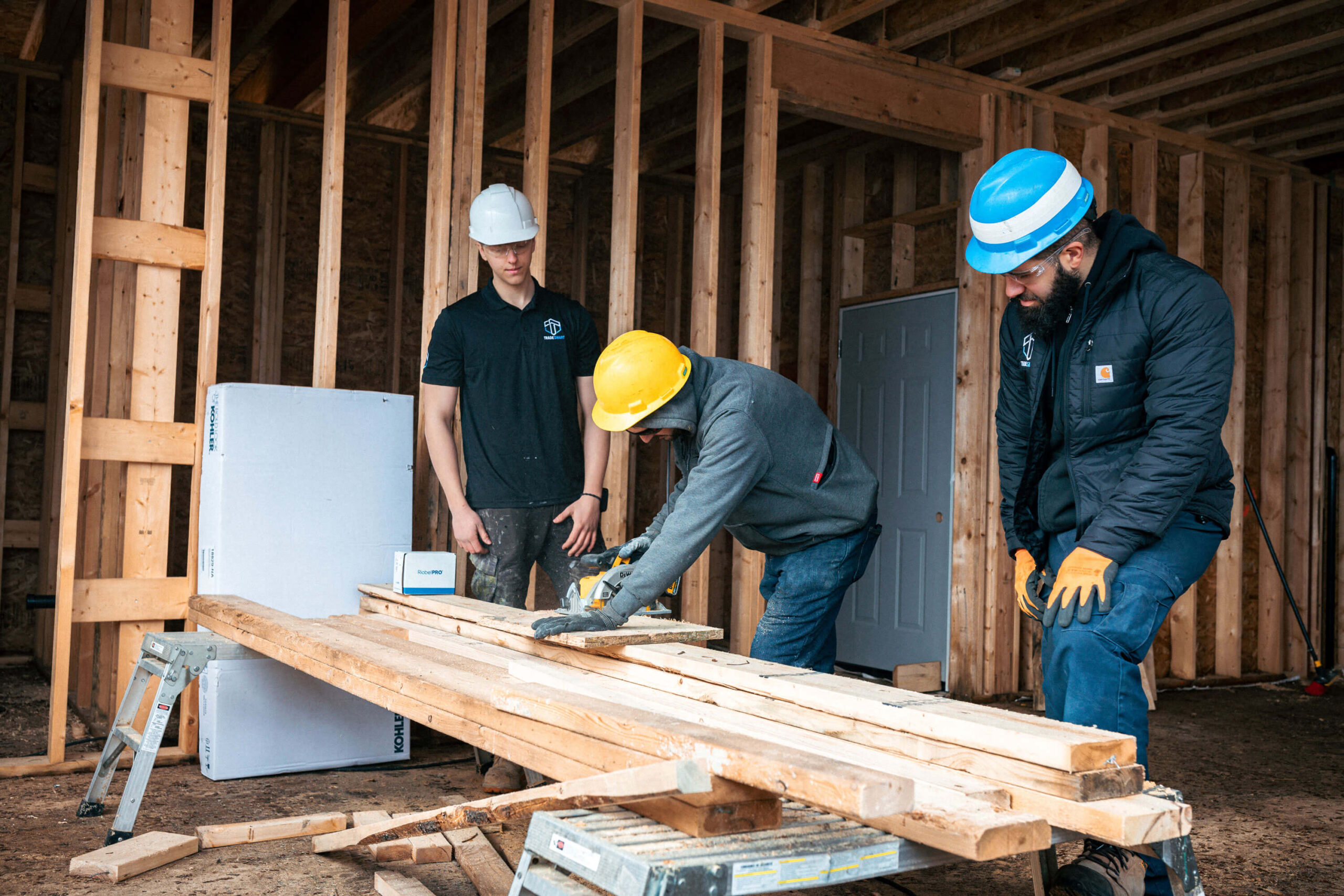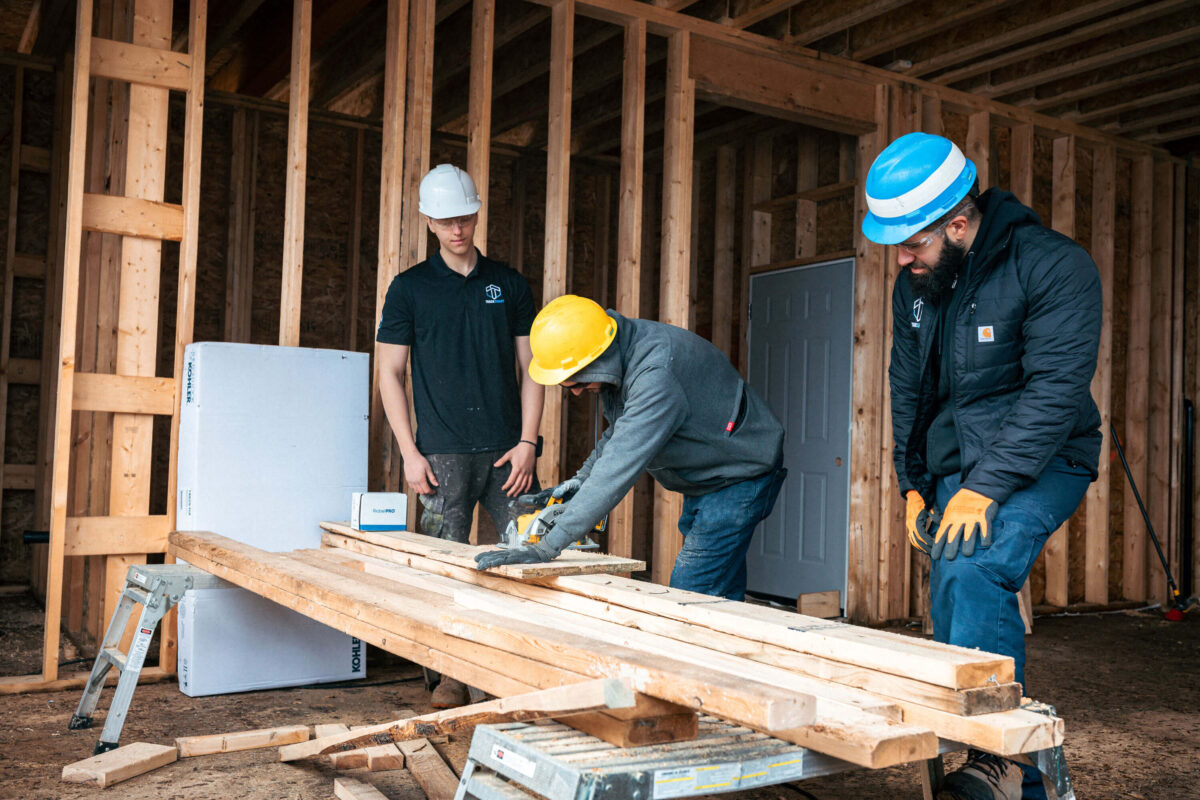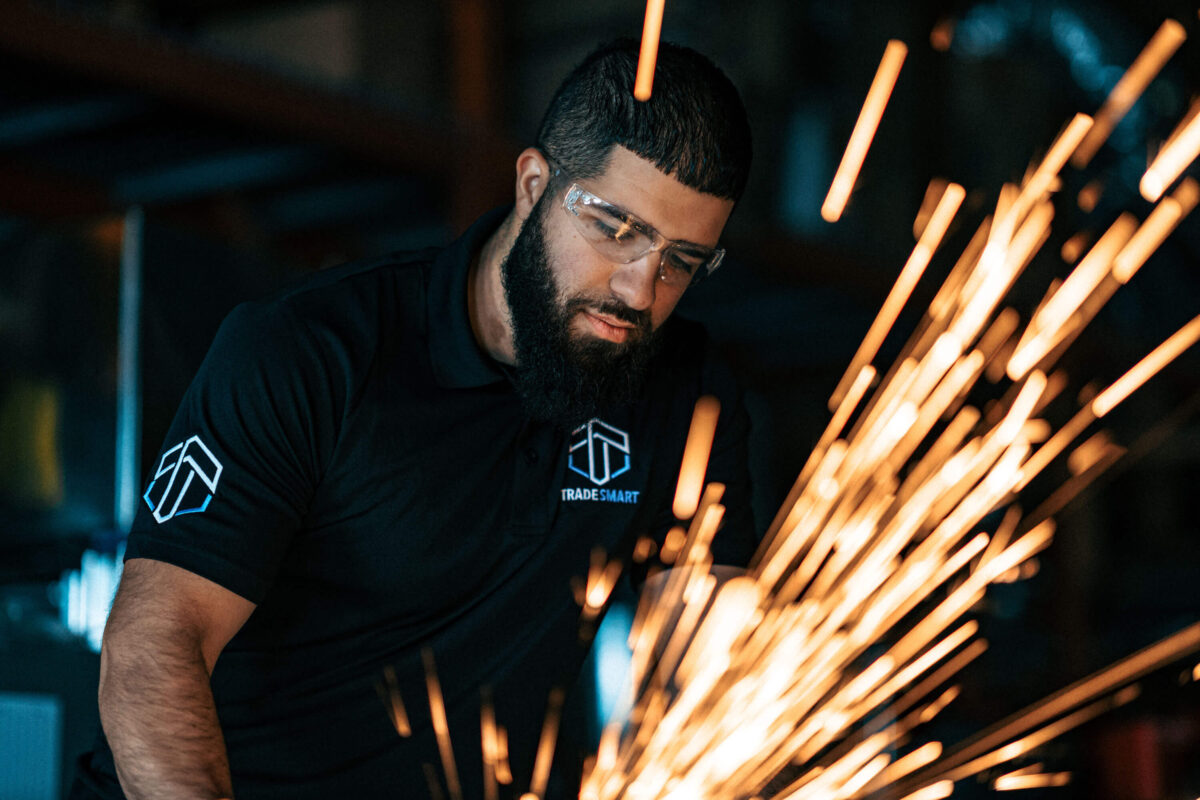Project Planning and Tracking: Why Big-Picture Thinking Matters from Day One
![]() tradesmart23
on
December 16, 2024
tradesmart23
on
December 16, 2024

Project Planning and Tracking: Why Big-Picture Thinking Matters from Day One
Project Planning and Tracking: Why Big-Picture Thinking Matters from Day One
For too long, project planning and tracking have been regarded as the domain of managers—a skillset learned only after years of “on-the-job experience.” This approach may sound logical, but in practice, it leaves entry-level employees playing perpetual catch-up. The real question isn’t why managers need these skills, but rather, why they aren’t taught to everyone before stepping onto a job site.
Understanding how projects are planned, resources allocated, and progress tracked equips employees to be more prepared, reliable, and efficient from the start. It’s not just about the company running smoothly; it’s about building a workforce that is adaptable and ready to solve problems before they arise. The benefits are vast—for both the workers and the businesses that hire them.
At Trade Smart College, we’ve woven project planning and tracking into our curriculum for precisely this reason. Why wait for an employee to reach a management role to learn these crucial skills when the groundwork can be laid at the outset? This early preparation transforms students into assets from day one on the job, not just bodies filling an entry-level position.
Seeing the Whole Picture: A Key to Prepared and Reliable Employees
Imagine a new hire who is not only willing to work hard but also understands how their tasks fit into the larger project timeline. Instead of narrowly focusing on “what” they’re doing, they grasp the “why” behind it. This big-picture thinking fosters a prepared and reliable employee—someone who can adjust their workflow to meet deadlines without needing constant oversight.
As a result, businesses can spend less time managing delays and more time meeting client expectations. The ability to connect daily tasks to overarching goals doesn’t just boost productivity—it also builds confidence in young employees, who quickly see the impact of their contributions.
Adaptability and Efficiency: Skills for a Changing Workplace
Trade work has always had an unpredictable element, and this hasn’t been entirely solved with new technology. Materials still don’t arrive on time, client requirements change, and unforeseen challenges continue to arise. Workers who understand resource allocation and tracking are naturally more efficient and adaptable. They’re not flustered by sudden changes because they know how to reassess priorities and keep projects moving forward.
For companies, this means fewer bottlenecks and more solutions. For employees, it’s an opportunity to shine in environments where others might falter. The adaptability born from project planning knowledge is invaluable—not just for advancement but for long-term career resilience. Employers notice when an entry-level worker solves problems with the foresight of a seasoned pro.
Bridging the Gap Between Entry-Level and Management
Traditionally, the gap between entry-level workers and management roles is defined by knowledge. Managers are expected to oversee labor, track resources, and anticipate potential pitfalls, but entry-level employees are rarely given the same tools to understand these processes. This creates a dependency that slows progress on job sites and limits the growth of young professionals.
When employees are introduced to project planning early, that gap begins to narrow. They’re not just workers—they’re thinkers, capable of anticipating needs and understanding how their tasks contribute to the project’s success. For employers, this means cultivating a workforce that can step into leadership roles seamlessly. For employees, it’s a chance to build confidence and establish themselves as indispensable team members.
Career Longevity in the Trades
The trades aren’t static. With advancements in technology and shifts in workplace demands, career longevity depends on adaptability and a deep understanding of project management fundamentals. Workers who learn these skills early position themselves for long-term success, even as their industries evolve.
By understanding the nuances of labor, supplies, and resource tracking, employees become proactive rather than reactive. They recognize trends, anticipate shortages, and offer solutions that keep projects moving forward. This ability to think ahead not only sets them apart from their peers but also ensures they remain valuable contributors in an ever-changing job market.
The Bottom Line
Teaching project planning and tracking isn’t just about creating better workers—it’s about creating smarter, more efficient teams. Entry-level employees with a big-picture understanding bring value far beyond their immediate tasks. They’re prepared, reliable, efficient, and adaptable—qualities that every employer seeks but few are willing to cultivate.
At Trade Smart College, we’ve committed to bridging this gap, ensuring our graduates aren’t just hireable but indispensable. It’s time we stop reserving these skills for the upper echelons and start teaching them to the workforce that will define the future.

How to Choose the Right Skilled Trade for You
How to Choose the Right Skilled Trade for You If you’re exploring skilled trades in Hamilton, Ontario, you’ve probably spent hours on Google researching “pre-apprenticeship programs Ontario,” “trade schools in Ontario,” or “how
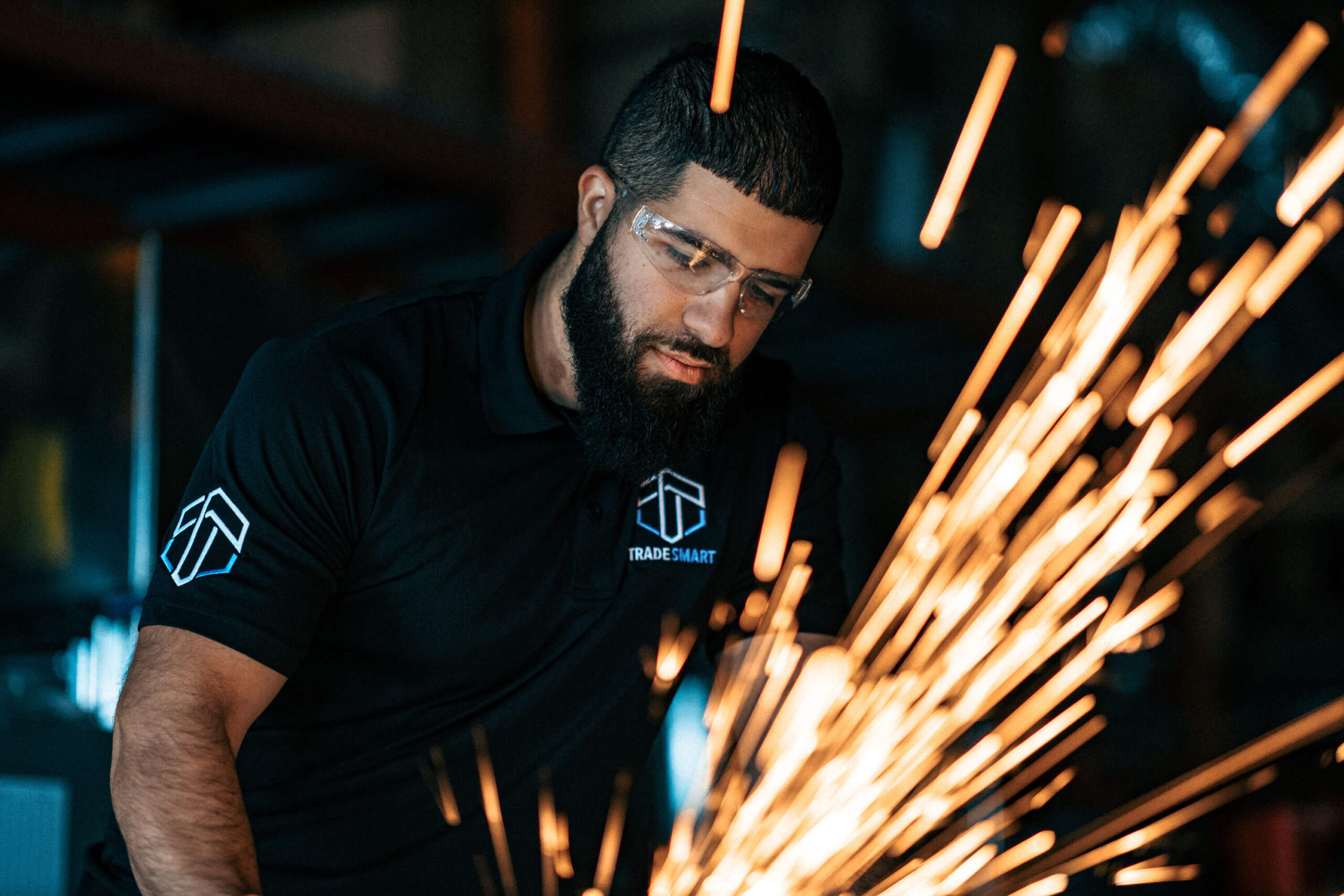
The Sizzle of the Trades
The Sizzle of the Trades Becoming a skilled trades apprentice opens up a massive range of career possibilities. More people are being attracted to these opportunities, in part because HGTV and the various

Celebrating First-Generation Trades Pathways at Trade Smart College
Celebrating First-Generation Trades Pathways at Trade Smart College In a previous blog, we made the case for putting as much effort, resources, and celebration into first-generation tradespeople as we do for first-generation university

Your Meeting
Your Terms
Need more info? Looking to register? Want to find out about financing or start dates? Book a call, meeting, or text chat with Carrie our Student Success Manager.
Contact the Team
Campus Hours
- Mon- Fri: 7am- 5pm
- Open House - See Schedule













